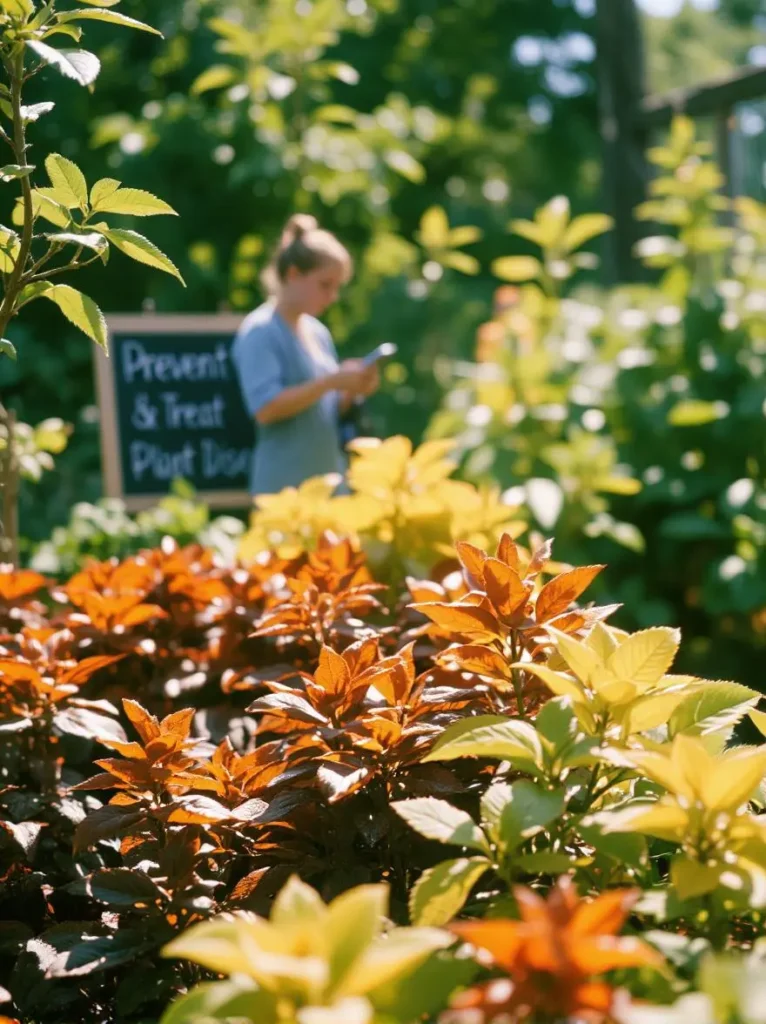Plants, like all living things, are susceptible to diseases that can stunt growth, diminish yields, and even kill them. Whether you’re a seasoned gardener or a beginner, understanding how to prevent and treat plant diseases is crucial for a thriving garden. This guide covers everything you need to know—from identifying common issues to organic and chemical solutions. Let’s dive in!
Understanding Plant Diseases
Plant diseases are caused by pathogens (fungi, bacteria, viruses), environmental stressors (overwatering, poor soil), or pests (aphids, spider mites). Early detection is key to preventing widespread damage.
Common Plant Diseases & Symptoms
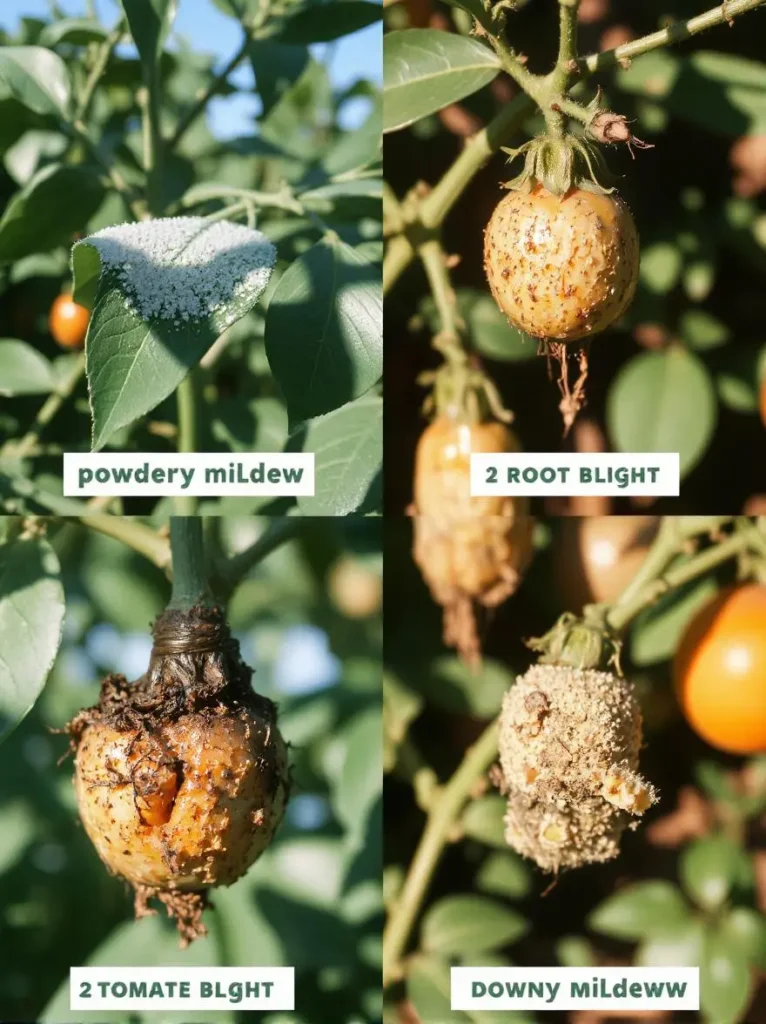
- Powdery Mildew
- Symptoms: White, powdery coating on leaves, stems, or flowers.
- Causes: Dry, hot conditions with poor air circulation.
- Prevention: Space plants well; water at soil level.
- Root Rot
- Symptoms: Wilting, yellowing leaves; soft, blackened roots.
- Causes: Overwatering or poor drainage.
- Prevention: Use well-draining soil; avoid soggy pots.
- Blight (Tomato/Fusarium)
- Symptoms: Brown, wilted leaves; blackened stems.
- Causes: Fungal spores in soil or infected seeds.
- Prevention: Crop rotation; avoid overhead watering.
- Downy Mildew
- Symptoms: Yellow spots on leaves, fuzzy growth underside.
- Causes: Cool, damp conditions.
- Prevention: Improve airflow; remove debris.
- Bacterial Leaf Spot
- Symptoms: Dark spots with yellow halos on leaves.
- Causes: Water splashing bacteria onto leaves.
- Prevention: Water soil, not foliage; sterilize tools.
Prevention Strategies
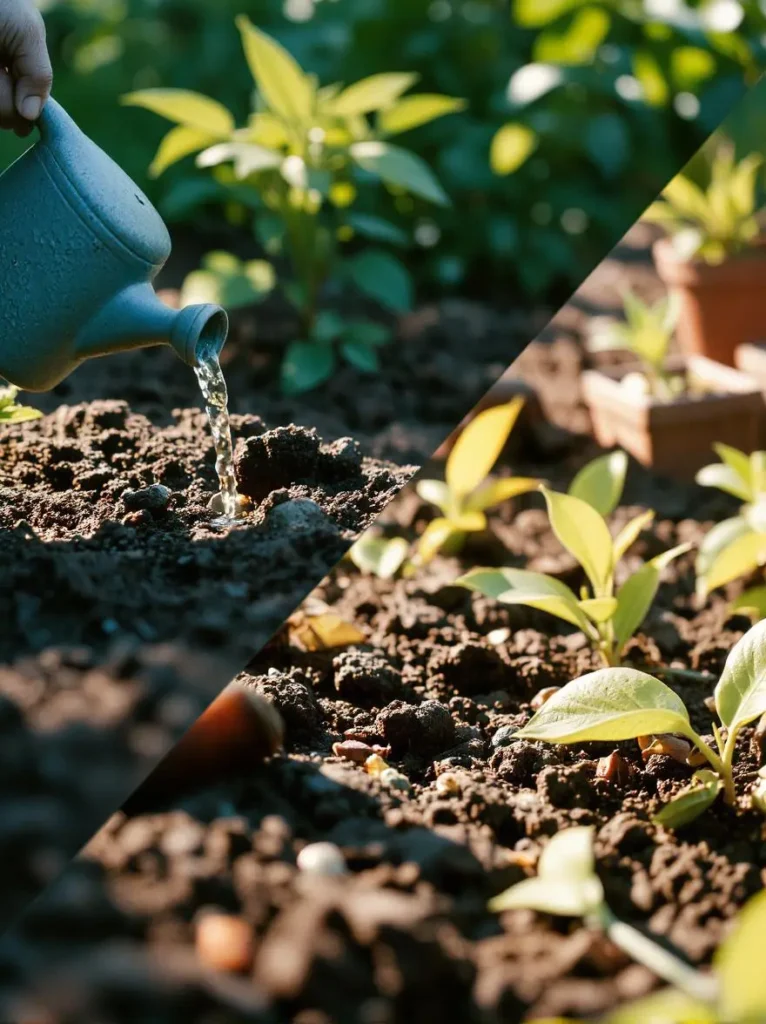
Preventing disease is easier (and cheaper) than treating it. Here’s how:
- Choose disease-resistant plants: Look for labels like “blight-resistant tomatoes.”
- Practice good hygiene: Remove dead leaves, weeds, and debris.
- Water wisely: Water at soil level to avoid wet foliage.
- Improve soil health: Add compost to boost nutrients and drainage.
- Quarantine new plants: Isolate new arrivals for 2 weeks to check for issues.
- Rotate crops: Prevent soil-borne pathogens from building up.
Treatment Options
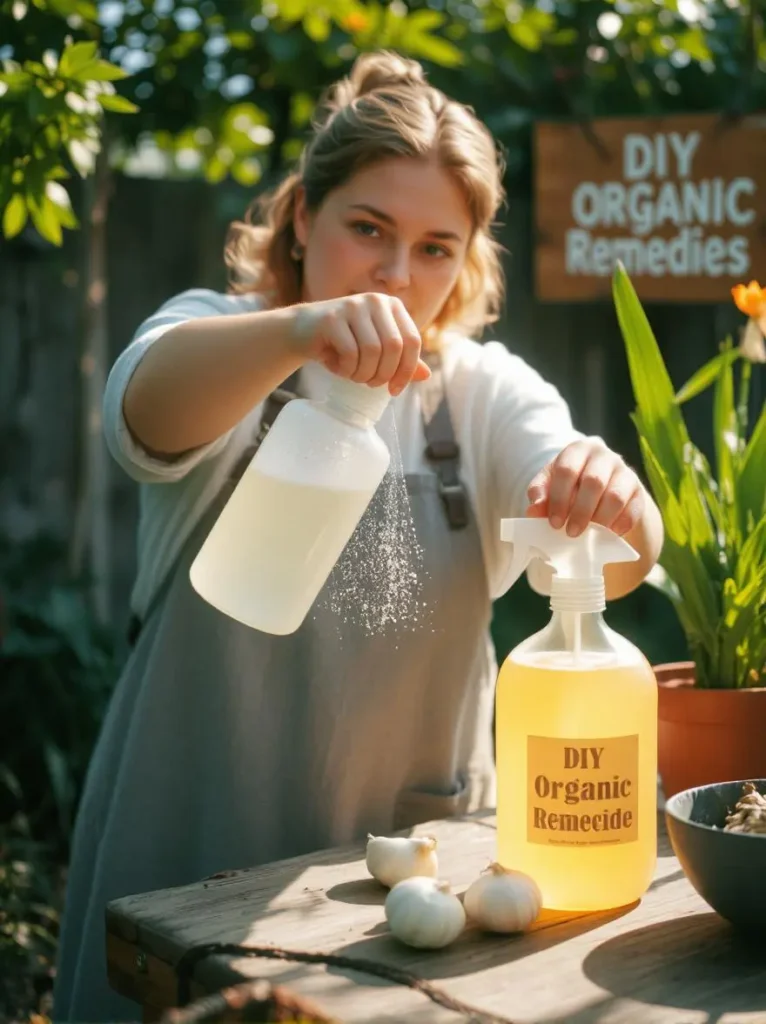
When disease strikes, act fast:
- Organic Solutions:
- Neem oil: Spray to combat fungi and pests.
- Baking soda solution: Mix 1 tsp baking soda + 1 tsp oil in 1 gallon water; spray on mildew.
- Garlic spray: Blend garlic + water; strain and spray to deter fungi.
- Chemical Treatments:
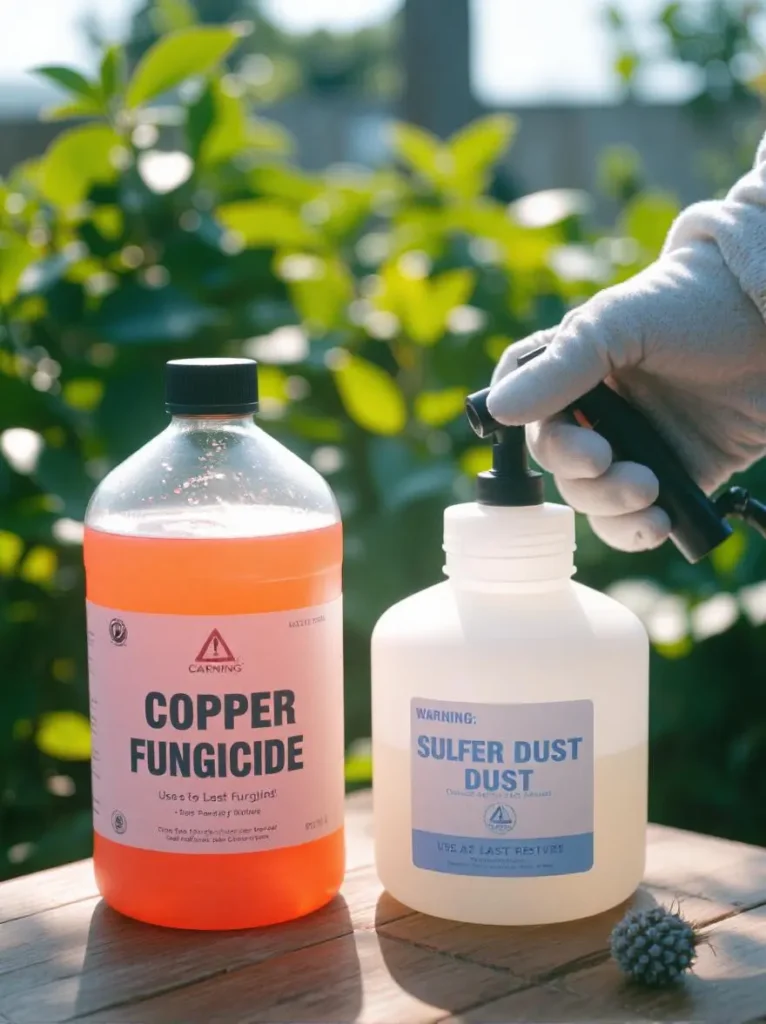
- Fungicides: Use copper-based sprays for bacterial issues.
- Sulfur dust: Apply to combat powdery mildew (avoid in high heat).
- Always follow label instructions and use as a last resort.
- Pruning: Remove infected leaves/stems to stop spread.
- Isolate plants: Move sick plants away from healthy ones.
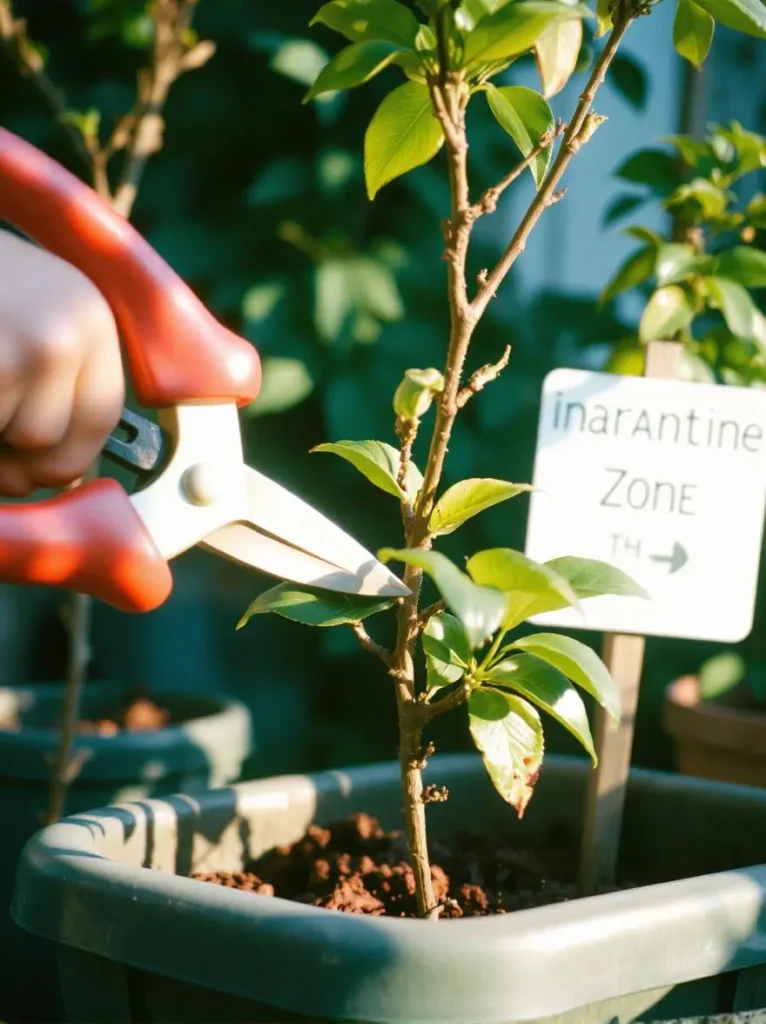
When to Seek Professional Help
If:
- The disease spreads rapidly.
- You notice unusual symptoms (e.g., oozing stems).
- Home treatments fail.
Contact a local agricultural extension office or a certified arborist.
Troubleshooting Guide
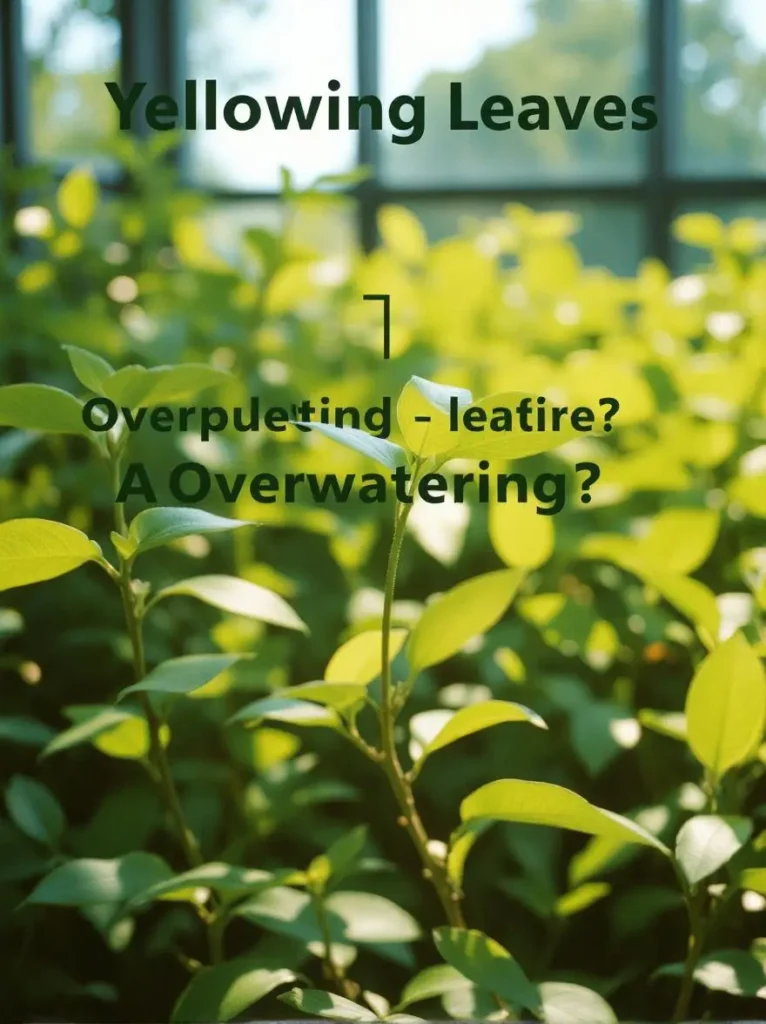
| Symptom | Possible Cause | Solution |
|---|---|---|
| Yellowing leaves | Overwatering/underwatering | Check soil moisture; adjust watering |
| Brown leaf edges | Fungal infection/drought | Water deeply; apply fungicide |
| Stunted growth | Poor soil/nutrient deficiency | Add compost; fertilize |
| Wilting despite water | Root rot | Repot in fresh soil; trim roots |
FAQ: Your Plant Disease Questions Answered
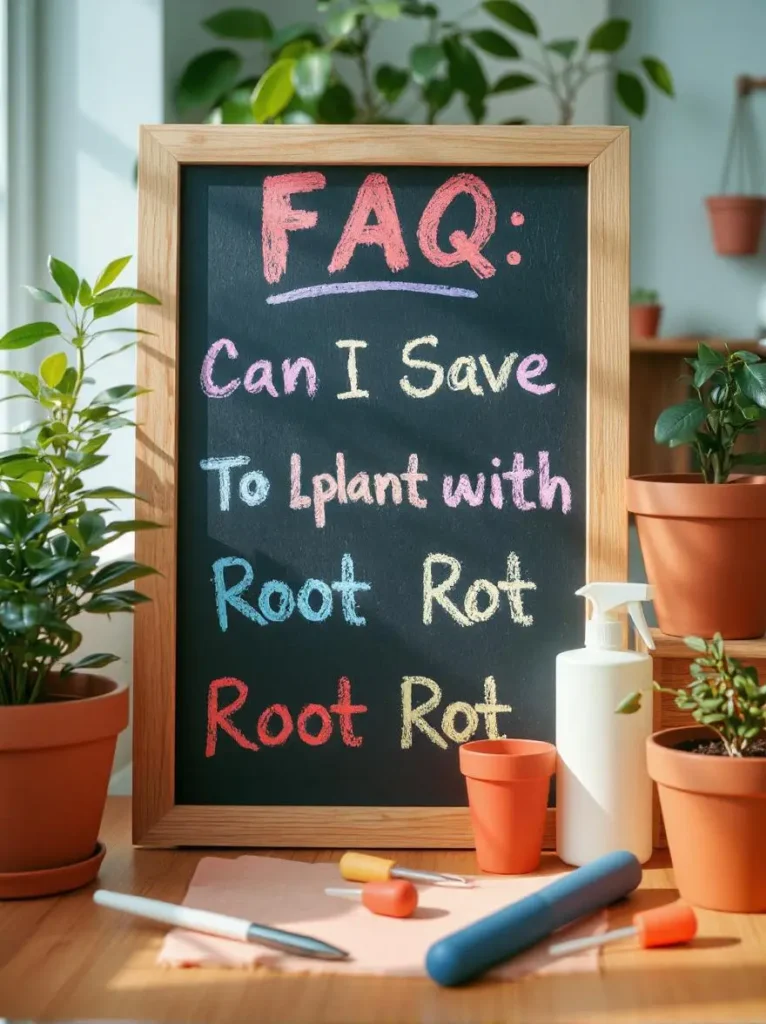
Can I save a plant with root rot?
Yes! Remove infected roots, repot in sterile soil, and avoid overwatering.
How do I prevent fungal diseases?
Improve airflow, water at soil level, and use organic fungicides.
Are diseased plants contagious?
Yes, isolate them immediately to prevent spread.
Can I reuse soil from infected plants?
No, sterilize soil or start fresh to avoid recontamination.
Conclusion
Healthy plants start with proactive care. By understanding disease triggers, practicing prevention, and acting swiftly when issues arise, you can protect your garden and enjoy lush, vibrant plants all season long. Remember: A little vigilance goes a long way!
P.S. Don’t be discouraged by setbacks, every gardener learns through trial and error. Keep experimenting! 🌱
